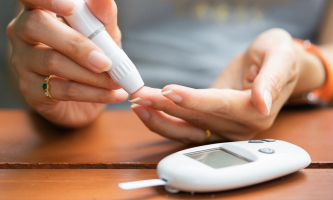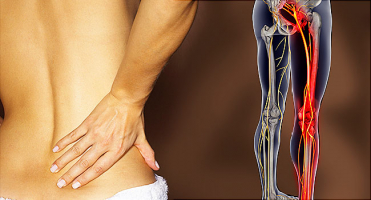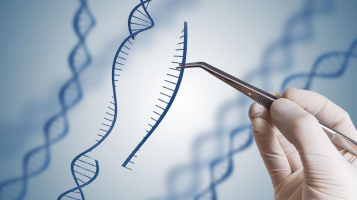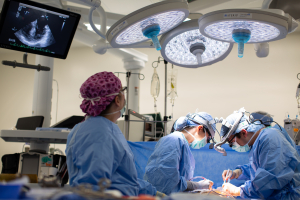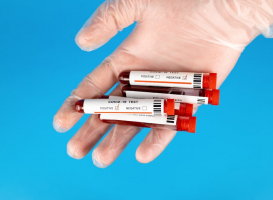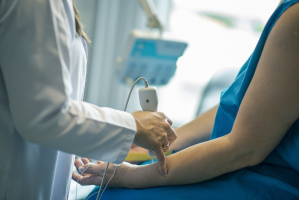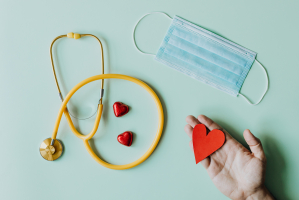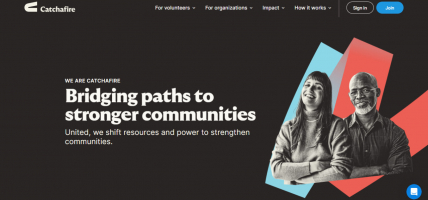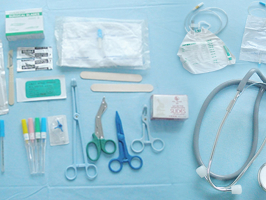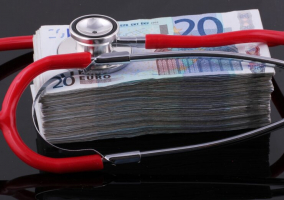Top 10 Surprising Treatments for Common Medical Conditions
A true scientific marvel, medicine. To think that we can now make a patient a new ear using their own cells after once trying to heal ailments with poisons ... read more...like mercury. New and seemingly miraculous treatments are constantly being used. They can occasionally be very in-depth and the result of extensive study and experience. Sometimes they're just incredibly strange, too. Here are ten of the most amazing cures for some typical, everyday ailments.
-
In a typical year, hospitals treat over 500,000 cases of burns. About 40,000 of them might be so serious that they need to be treated in a hospital. And if you've ever had a burn, you know that you don't want one that requires hospitalization. One of the most agonizing injuries you can experience.
The harm that can be done to skin by severe burns is one of the worst aspects about them. One of the only treatments in this situation is skin grafting, which involves transplanting healthy skin from another region of the body to the burn so that it can recover.
In animal studies, it has been demonstrated that fish skin can significantly speed up the healing of wounds. Fish skin treated with silver solution significantly lowers the risk of illness by reducing bacterial numbers and promoting the formation of new skin. Human burns have been successfully treated using the same fish, tilapia.
Their skin is incredibly rich in Type 1 collagen, which is essential for healing. The scales don't need to be replaced after being sanitized; they can be used just like a bandage. Of course, human skin is preferable, but in many underdeveloped countries, it is just not an option. Tilapia skin is an underutilized resource with some obvious advantages because it serves no purpose after the fish have been processed.

https://www.pinterest.fr/ 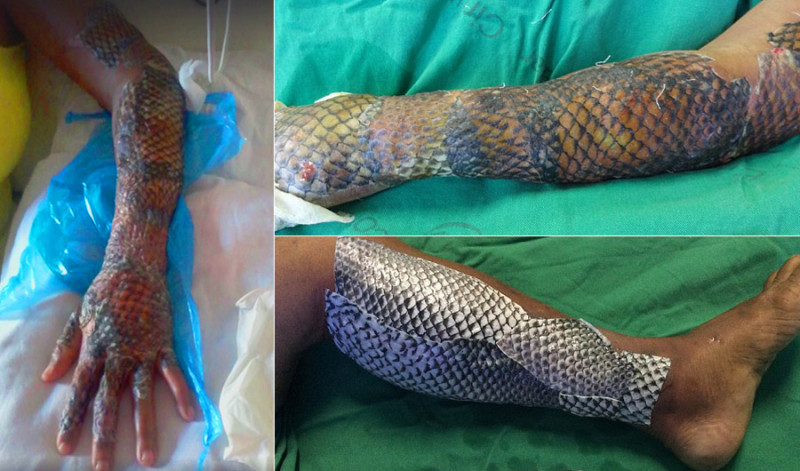
https://www.danielheard.com -
According to one study, over 65 million Americans have had recent back pain, and 8% of all people experience chronic back pain. The pain of life is unbearable. What can be done, then? Back discomfort is typically treated with over-the-counter analgesics like Tylenol and Advil, but there is an intriguing option that doesn't need taking any medicine. Back pain can be treated with cognitive behavioral therapy, a type of psychotherapy also used to treat conditions including depression.
The results of treating pain with a physical and psychological strategy are significantly better than either one alone, according to extensive research involving more than 13,000 patients. The strategy must be all-inclusive and will undoubtedly not treat the underlying medical cause of the pain, but it can assist a patient in developing coping skills for psychological comorbidities. Therefore, if your back pain is also causing you to feel depressed, nervous, angry, or anything else, it can help you overcome that, which then results in a general decrease in the amount of pain you sense.
https://www.painacea.in 
https://www.physiomobility.com/ -
One of the most prevalent diseases in the world, depression is thought to afflict 280 million people worldwide. While some people can be treated with medicine, many people may find that the condition is highly resistant to treatment. This causes ongoing issues that, in some situations, might never be resolved.
There are drug options, some of which are more unexpected than others. The most odd of these is likely sleep deprivation. About half of people in studies have nearly instantly fewer symptoms after taking it. This represents a significant improvement over conventional drugs, which can occasionally take weeks to produce benefits.
Many people will experience a relapse when they can finally sleep following the deprivation, however it may only be partial and the benefits may linger for weeks. When used in conjunction with drug therapy, benefits can be stabilized and overall effects might be improved. There is also evidence that suggest that sleep deprivation, even partial sleep deprivation, which involves remaining awake for more than 36 hours, can be just as effective. It's still a little unclear as to why it has any effect at all.

https://www.prevention.com/ 
https://flipboard.com/ -
Migraine headaches can be crippling and incredibly painful. Standard headache remedies frequently have no effect on migraines, so those who suffer from them may just have to put up with them. A neurotoxin, or poison, called Clostridium botulinums is the source of botox. If you consume it in damaged food, it can paralyze your muscles and block nerve signals, leading to a fatal response known as botulism. But because the toxin is not absorbed in the stomach and the dose is considerably lower than what you would get from damaged food, it is safe.
Doctors discovered that Botox injections can reduce wrinkles by relaxing facial muscles. It also benefits those who experience tics and spasms as a result of a neurological condition like cerebral palsy. However, the FDA has authorized Botox as a novel treatment that, while not a cure, can undoubtedly reduce symptoms. Not everyone will benefit from the procedure.
You must experience severe migraines, defined as 15 days or more of headaches each month for three months. But it's thought that, when injected in the forehead, scalp, and surrounding area, Botox is also able to block pain receptors related to migraines because it has the effect of paralyzing muscle and nerve receptors.

https://vanityalaska.com/ 
https://www.healthylivingly.com -
Even when conditions are ideal, the ocean is a hostile environment. There is always a chance of drowning, and no one needs to be warned about sharks any longer, but that is only the beginning of the dangers. You can die from ocean snails as well. Cone snail venom can kill you if left untreated in as little as one hour. As risky as that may sound, the information is priceless. Cone snail venom is also an effective anti-cancer and painkiller.
Cancer, endocrine diseases, as well as acute and persistent pain, can all be treated with one of the several substances found in the venom of specific snails. Somatostatin is a hormone and neuropeptide that is also produced by humans. Chemically similar, but much more stable, substance is produced by snails. The half-life of the human version is only three minutes. A snail lasts for over a week.
Existing painkillers like Prialt, which are derived from snail venom, are difficult to administer since they must be injected into the spine. However, they are even more potent than morphine, thus it is hoped that the administration of them can be enhanced in the future.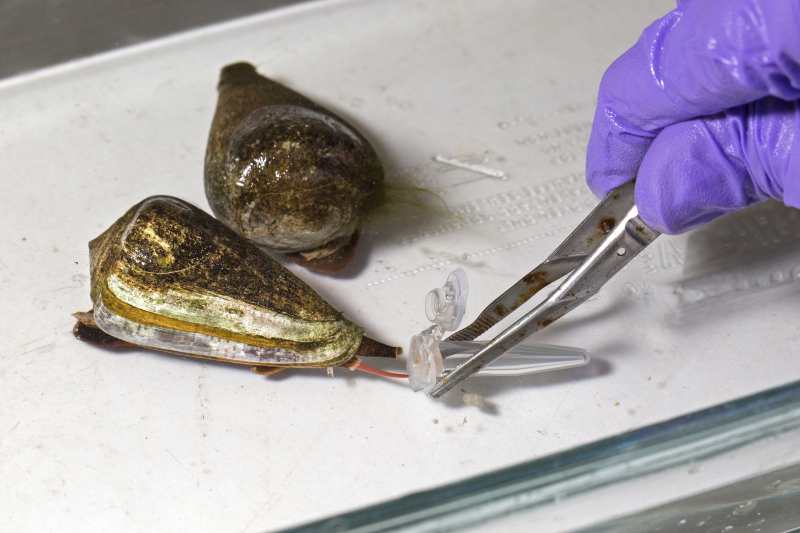
https://www.nist.gov/ 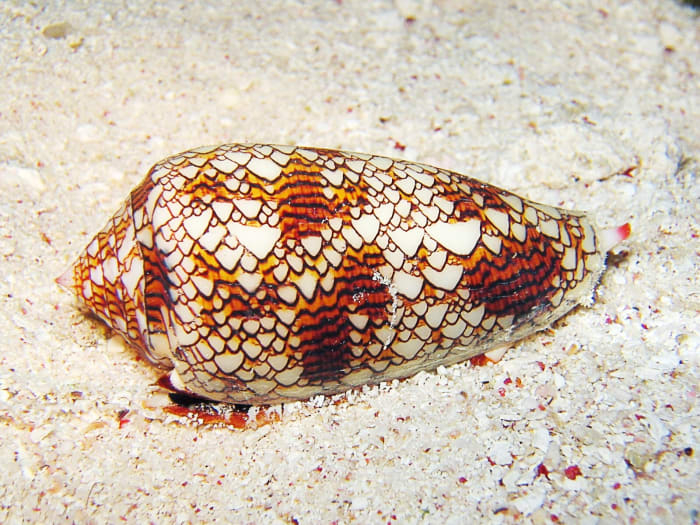
https://owlcation.com/ -
For most hip-hop enthusiasts, the 1990s were a romantic decade. A powerful, creative, and diverse period that pushed the boundaries of hip-hop invention. For a number of years, music therapy has demonstrated advantages in the treatment of a number of diseases, such as anxiety, phobias, and OCD. Snoop Dogg, MC Hammer, and Public Enemy are certainly a good start when it comes to treating problems, as at least one doctor has further honed the area by doing so.
In one instance, a woman who had a strong phobia of thunderstorms was unable to leave her house because of the anxiety that gripped her. She was able to keep herself distracted by the beat for long enough to go for a walk outside with her therapist after her therapist had her listen to Hypnotize by the Notorious B.I.G. and concentrate on the clapping beat. This is because her brain, and hence the fear, was otherwise busy.

https://www.liveabout.com 
https://www.radioelvin.com/ -
The signs—a burning sensation in the chest, an acidic aftertaste, and a painful throat—are well-known to millions of Americans. Acid reflux, also known as gastroesophageal reflux disease, is often treated with over-the-counter medications or prescription drugs. However, for other folks, that is insufficient. A brand-new tool called the LINX is now helping some patients in North Texas stop taking their medications by having them wear a wristband.
If you were unsure of the severity of heartburn and acid reflux, you should be aware that the global antacid market is estimated to be worth $3.97 billion. There are a lot of upset stomachs and a lot of Tums. Antacids can frequently resolve the issue, but not always. Substantial heartburn requires serious relief, such as an esophageal magnetic ring.
The ring, which has been authorized for the treatment of gastric reflux disease, permits food to flow through while preventing acid from rising again. Your throat is essentially pinched shut by the metal ring, but not tightly enough to prevent swallowing. It can be compared to a balloon that is held between your fingers. Air can still be forced in, but it is held in place with enough force to prevent it from leaving.
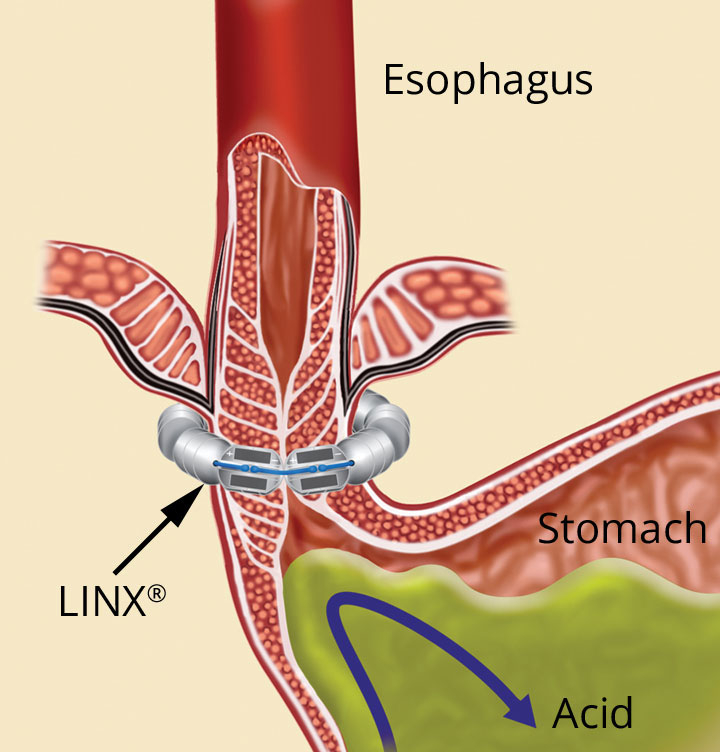
https://www.tlchoustonheartburncenter.com/ 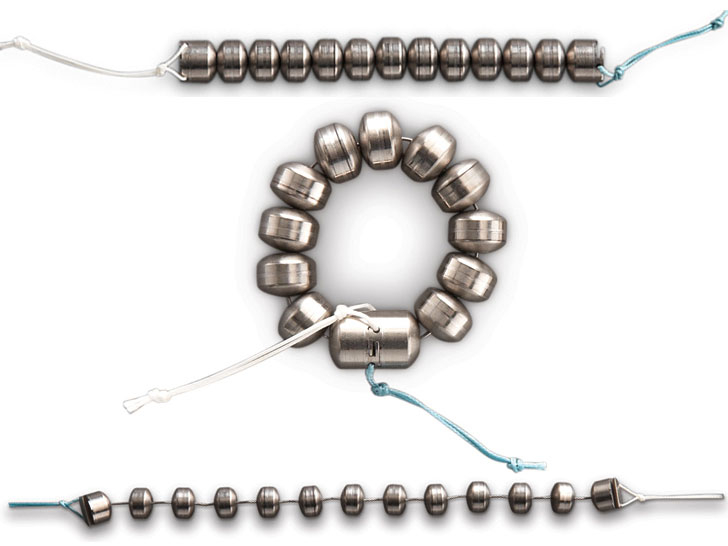
https://inhabitat.com/ -
Since a few years ago, ketogenic diets have been increasingly popular in the world of fad diets. They are occasionally referred to as low-carb diets and frequently contain normal protein but more fat than many other diets. While the Atkins diet is a well-known example of keto, some claim it's not the healthiest option, especially over the long run. But it turns out that it also helps treat epilepsy, which was an unexpected bonus.
There have been instances where epilepsy, particularly epilepsy that is poorly controlled by medication, has been managed with the help of a ketogenic diet. Because your body and brain depend on what you consume for energy, a keto diet has the power to modify how you obtain energy from food, which in turn alters how epilepsy functions. You're teaching your body to use fat for energy instead of carbohydrates. It's still unclear htlchoustonheartburncenter.comow it alters seizure activity, but it does appear to rely on elevating fats while lowering sugars to mislead your brain into acting differently.
The method is widely used with children, but it can also help adults who have failed to respond to conventional epilepsy therapies. However, doctors must closely monitor it, and patience is required; it won't work overnight by any means.
https://www.healthing.ca/ 
https://www.atkins.com/ -
Vertigo is said to affect up to 40% of Americans at some point in their lives. The disorder can alter your sense of balance and create symptoms such as nausea, vomiting, and dizziness. However, because there are numerous reasons, there are numerous treatment options, including a variety of drugs and even surgery to remove certain nerves. The Epley Maneuver is one of the most efficient therapies, but, as a result.
The procedure, which bears Dr. John Epley's name, works remarkably well, even in circumstances where other therapies have failed. Strangely enough, other professionals for years rejected it and widely mocked it. They simply didn't think the treatment could be real because it was so straightforward, and as a result, they tarnished Epley's reputation and at one point even threatened to revoke his license.
What exactly does this mysterious treatment entail? You should be seated on a bed. Next, tilt your head 45 degrees in the direction of the troublesome ear. You then swiftly recline while keeping your head turned, resting for 30 seconds on your shoulder. After that, turn your head 90 degrees in the opposite way and wait an additional 30 seconds. Wait another 30 seconds after making a second 90-degree turn with your body and head in the same direction. Just sit up at that point. An astounding 76% of patients who utilize the maneuver once to treat specific types of vertigo experience improvement.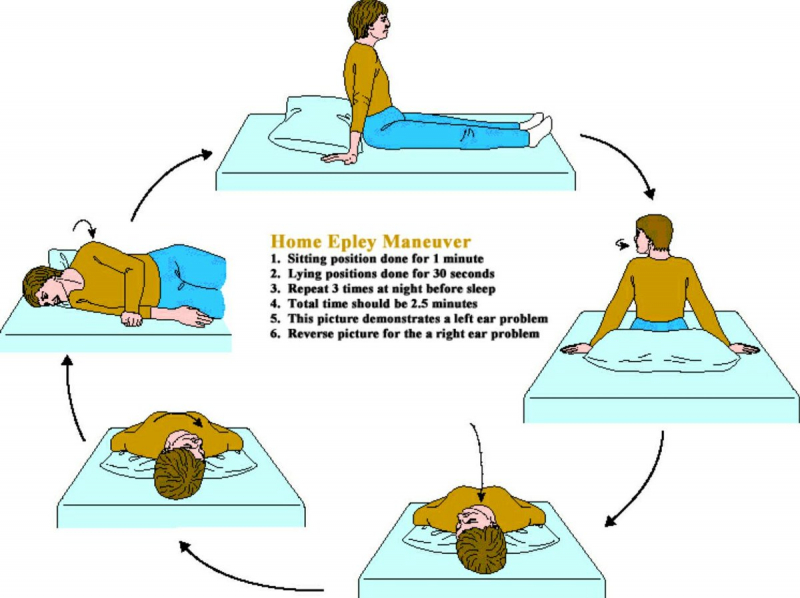
http://rhondaholmes.info/ 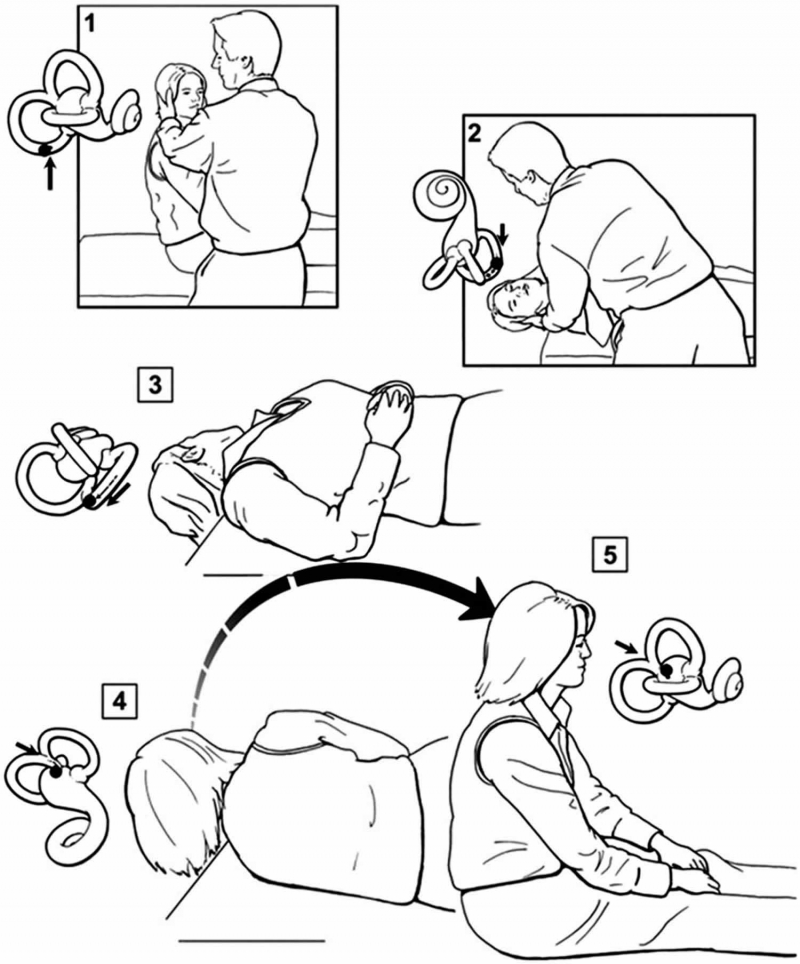
https://healthjade.com -
39 grams of sugar, or 140 calories, are present in one can of Coke. This is crucial, and it explains why many people maintain that Coke and other soft drinks are unhealthy. You're in luck if you like Coke and want an argument against those who think it's bad for you. For some, Coca-Cola is a prescription drug.
Bezoars are a sort of obstruction of the bowel that can happen to a person.
These are brought on by groups of undigested food that gather together over time, get lodged in your intestinal tract, and eventually block your passageway. If they are not removed, which is frequently accomplished by surgery but not always, they can be very dangerous and even fatal.
Coca-Cola has occasionally been used successfully to treat bezoars. According to study, the soda actually removes some types of bezoars by essentially dissolving them in over 90% of instances. These disgusting little food balls are effectively broken down and softened by the acid in Coke, allowing them to travel through the digestive system without injury. It's a considerably safer and less demanding procedure than surgery.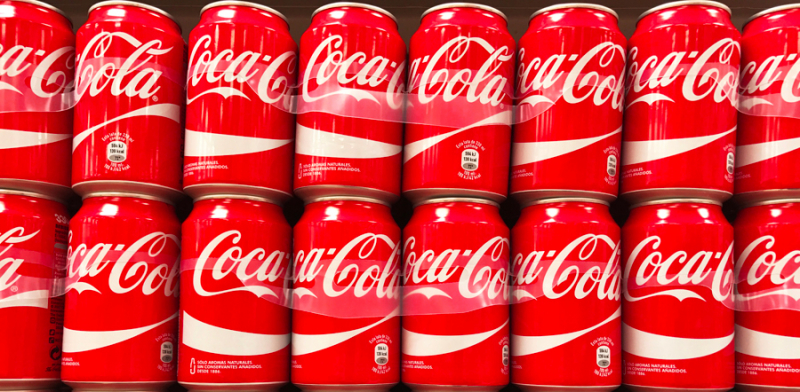
https://www.gwprime.geospatialworld.net/ 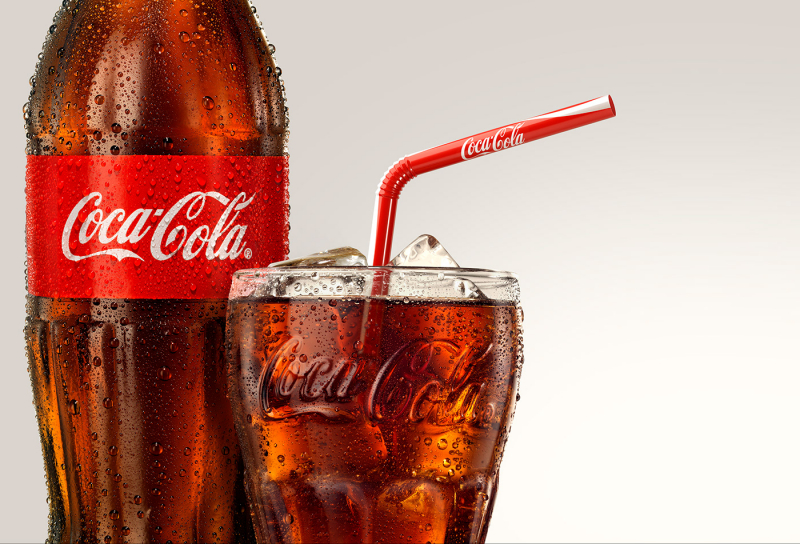
https://www.behance.net/













